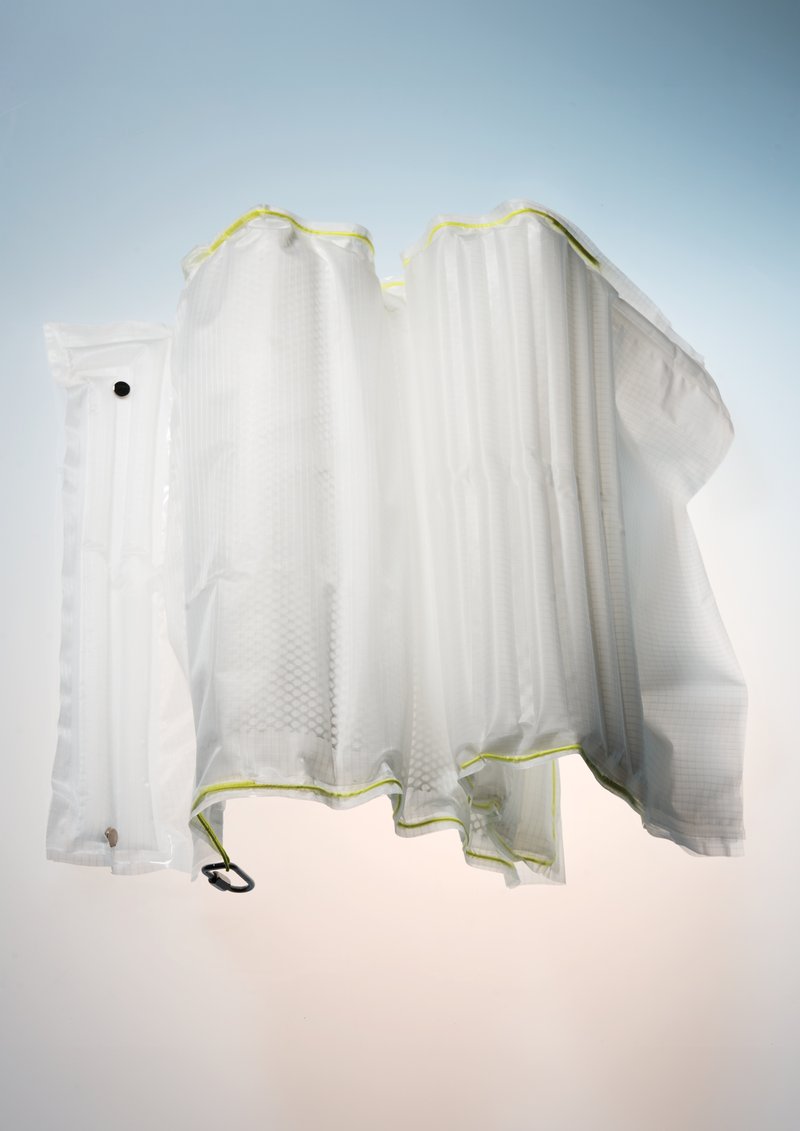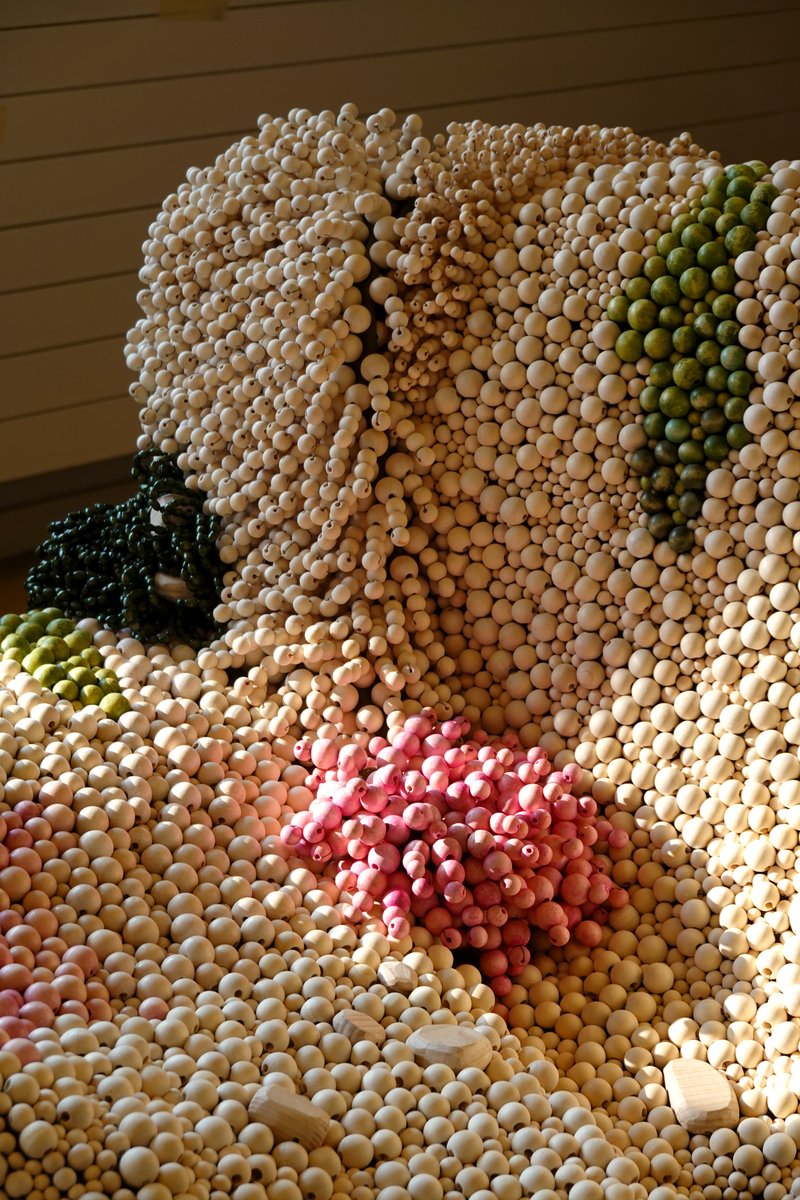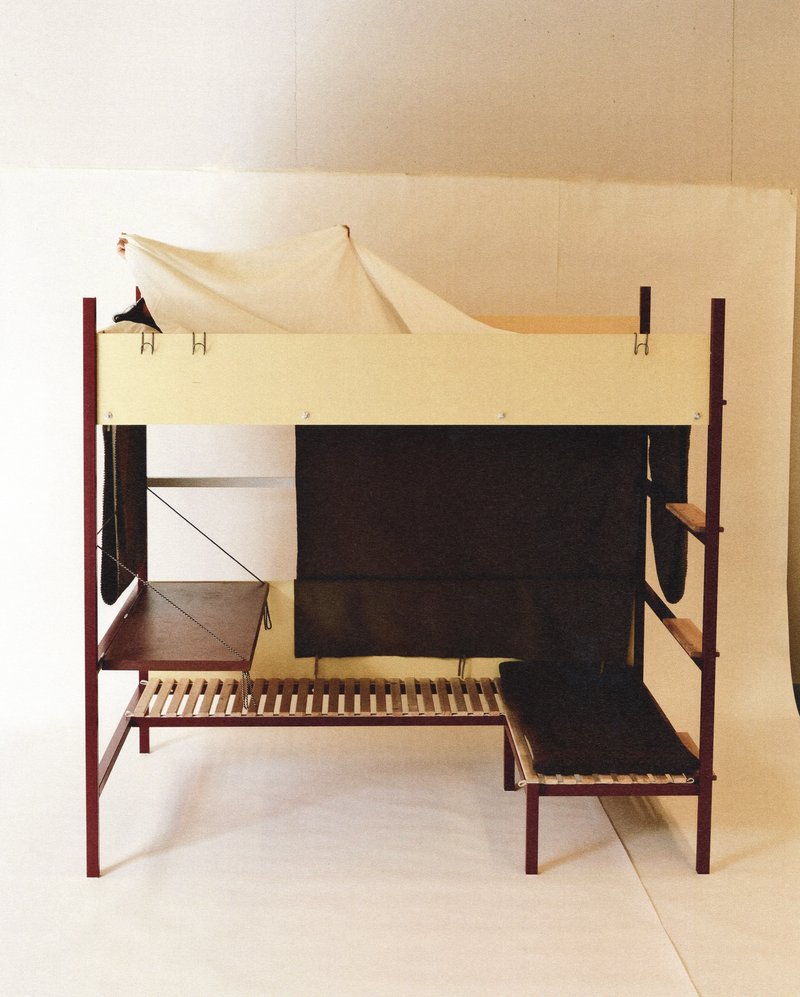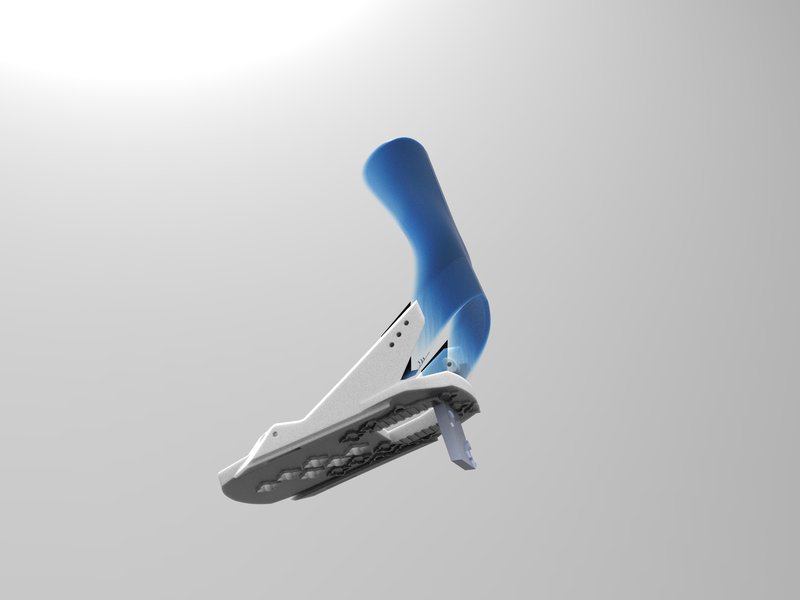Fogo Island Plastic Free Kites
Fogo, surnommé "un rocher dans l'océan", est une petite île située au large de Terre-Neuve, au Canada.
Dans le cadre d'un projet semestriel plus vaste en cours, les étudiants de 2e année du Master Product Design de l'ECAL ont participé à un atelier court et amusant de quelques jours, utilisant l'une des ressources les plus abondantes de l'île : le vent.
Travaillant en collaboration avec la ShoreFast Foundation - une organisation travaillant dans de nombreuses avenues pour créer une économie durable sur l'île, les étudiants ont développé des cerfs-volants sans plastique.
Fogo Island a l'intention de devenir complètement sans plastique dans les années à venir et, à mesure que leur nombre de touristes augmente, les souvenirs de cet endroit spécial sont de plus en plus demandés. Les cerfs-volants développés sont donc à fabriquer sur l'île et destinés à la boutique cadeaux Fogo Island Workshop.
Créés à partir de bois de bouleau, de coton biologique Ripstop et de ficelle en fibre de chanvre, les étudiants ont créé une gamme de motifs, en se référant aux caractéristiques uniques de l'île.
Workshop
(2022)
par
Marcus Angerer,
Jule Bols,
Fleur Federica Chiarito,
Matteo Dal Lago,
Sebastiano Gallizia,
Sophia Götz,
Maxine Granzin,
Lucas Hosteing,
Paula Mühlena,
Cedric Oder,
Oscar Rainbird-Chill,
Yohanna Rieckhoff,
Luis Rodriguez,
Donghwan Song,
Chiara Torterolo,
Luca Vernieri




















